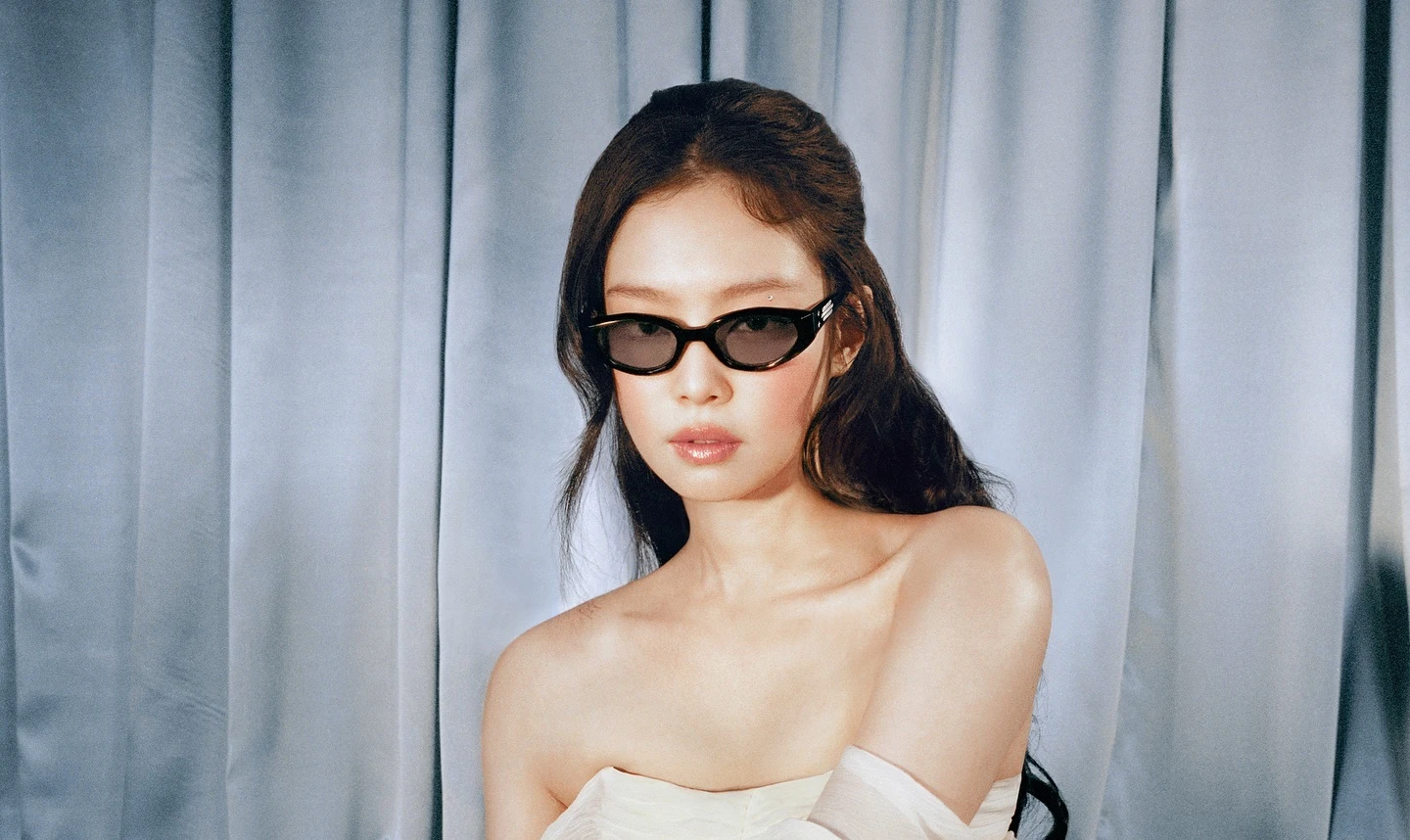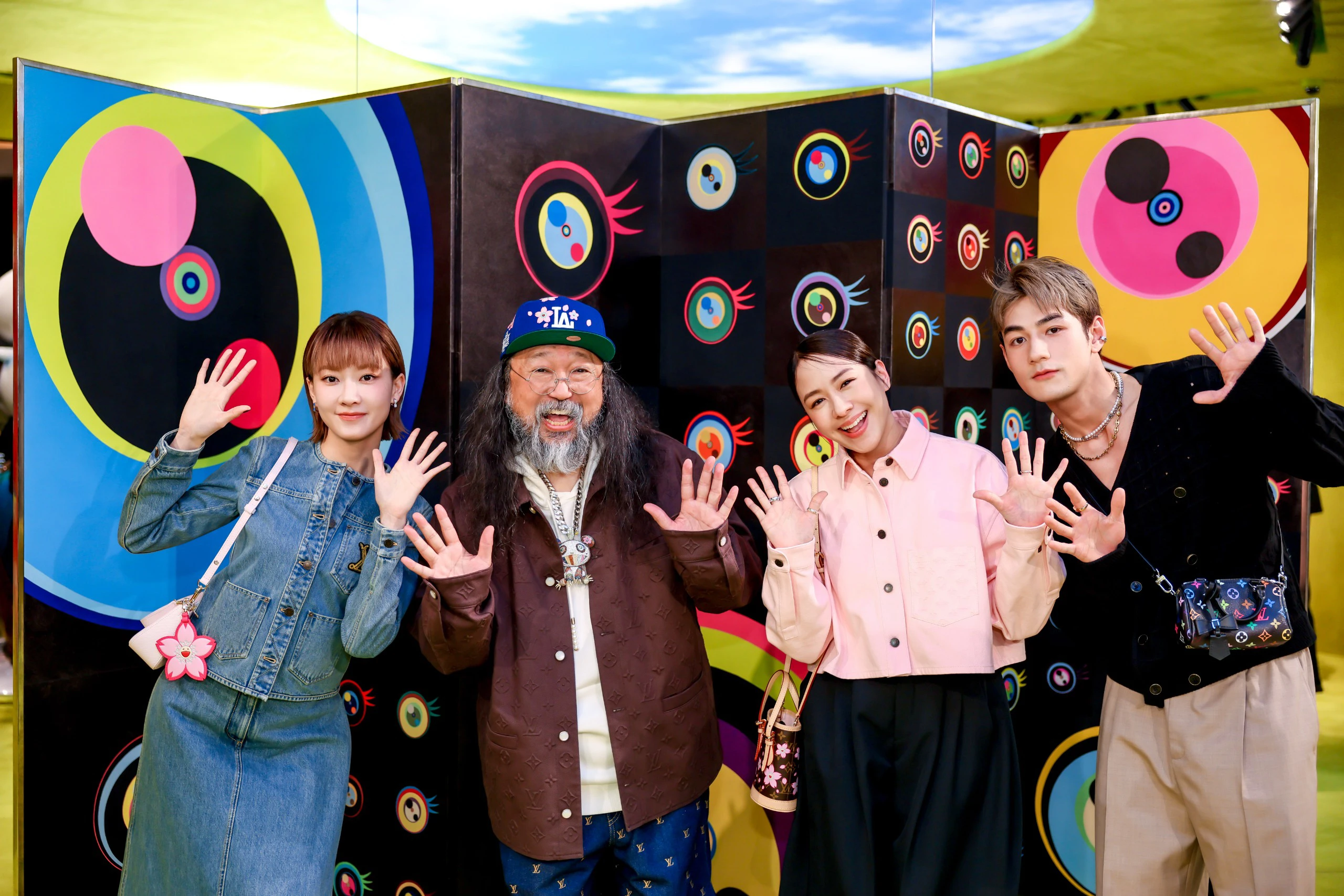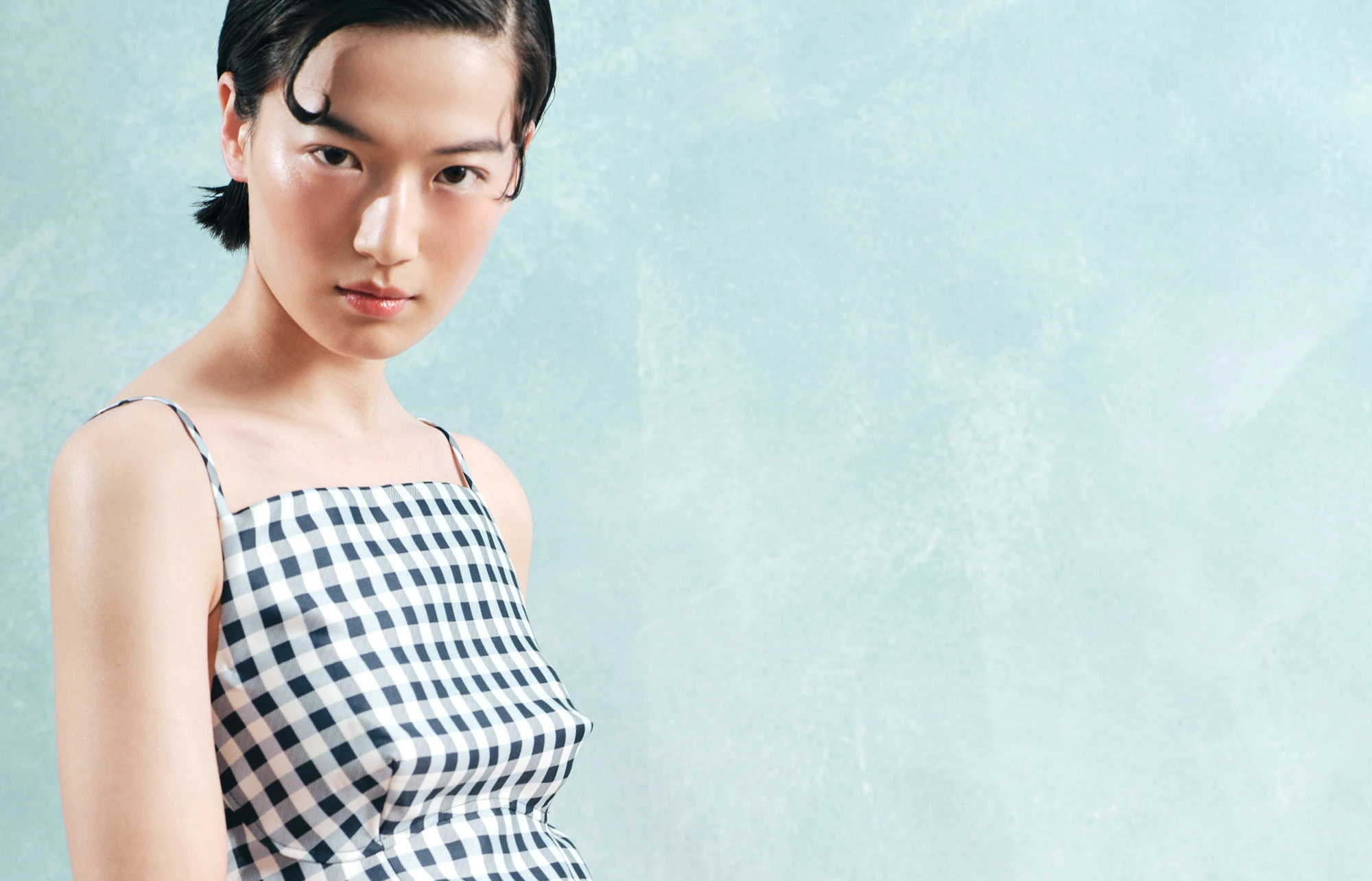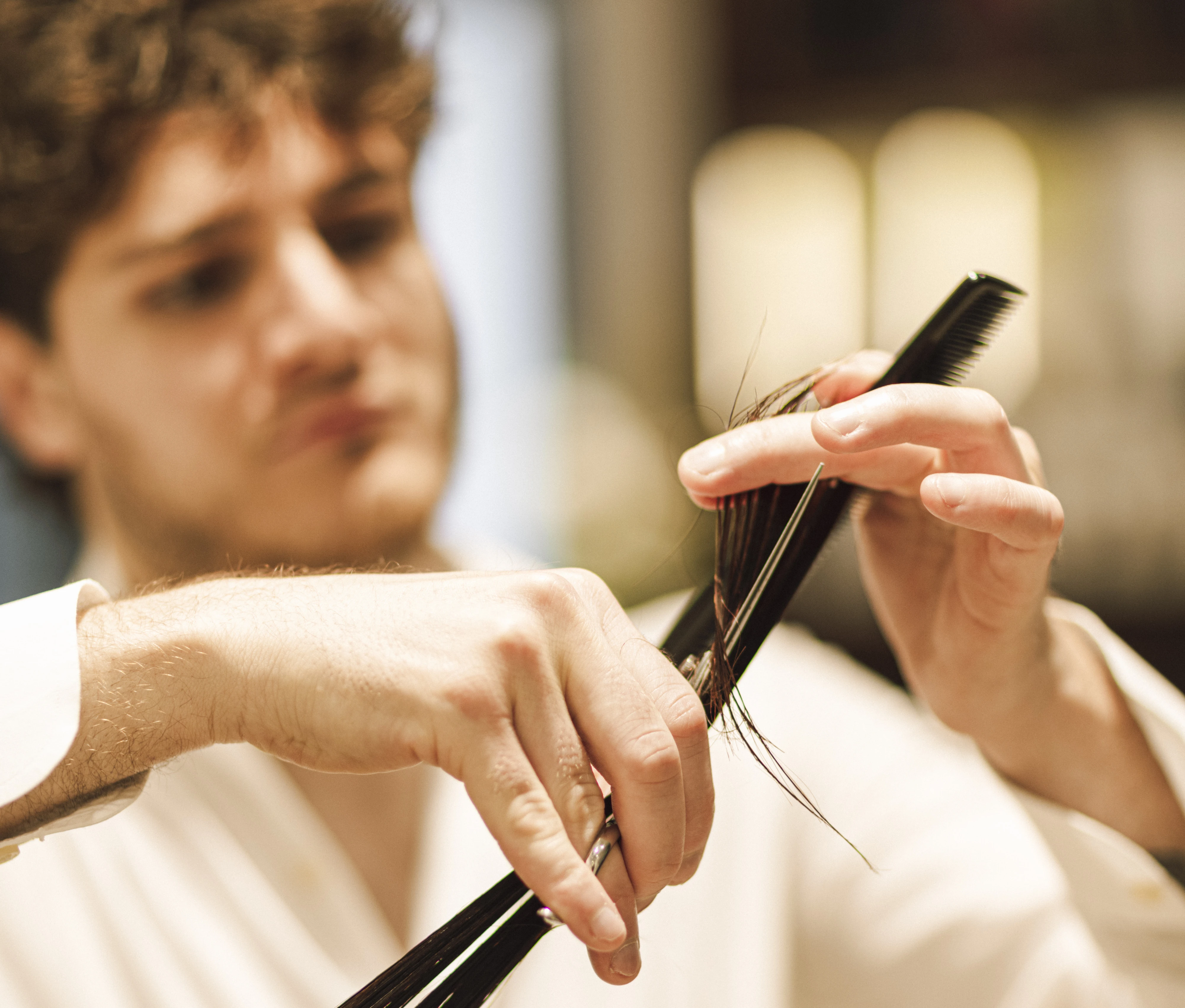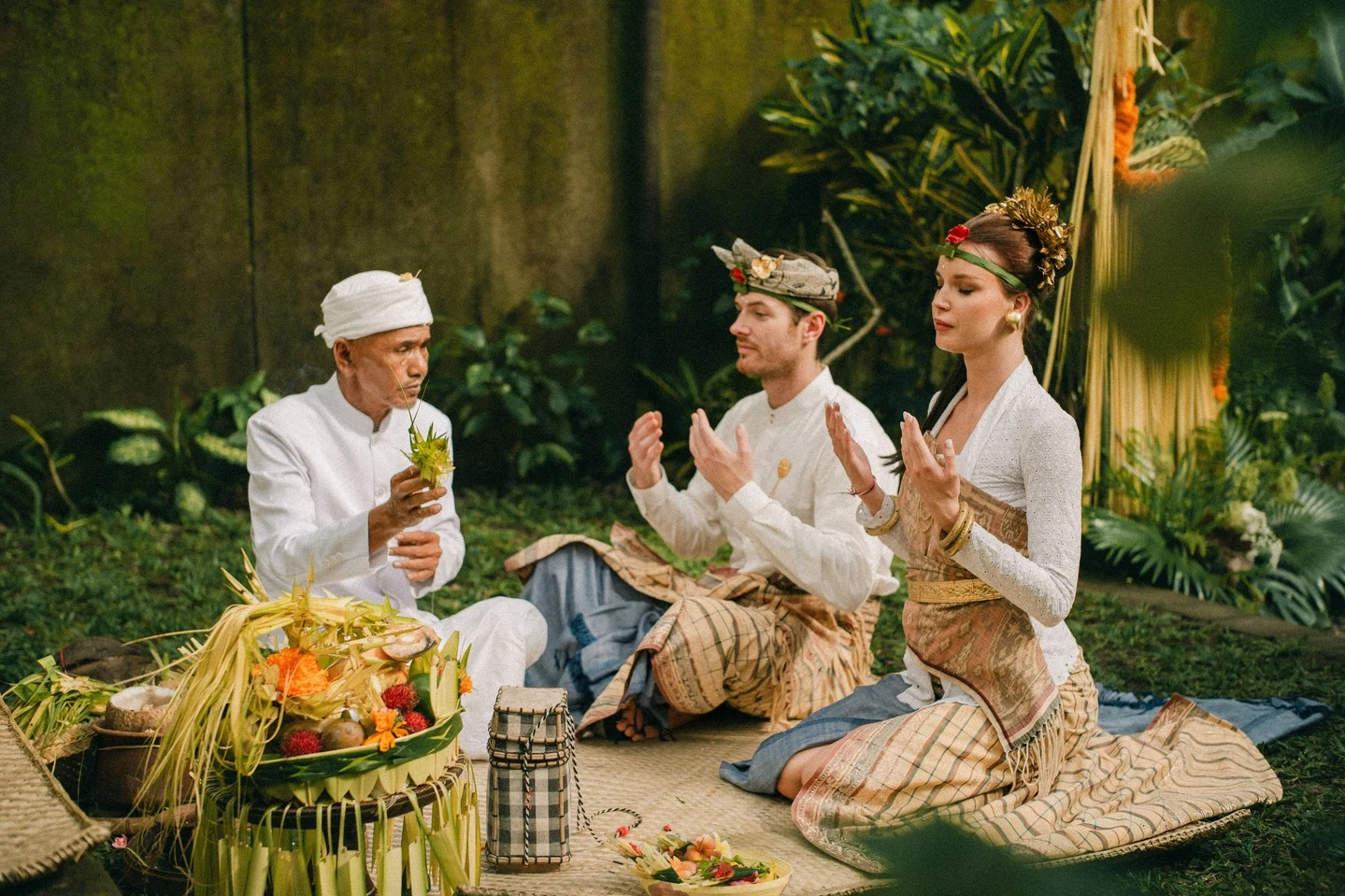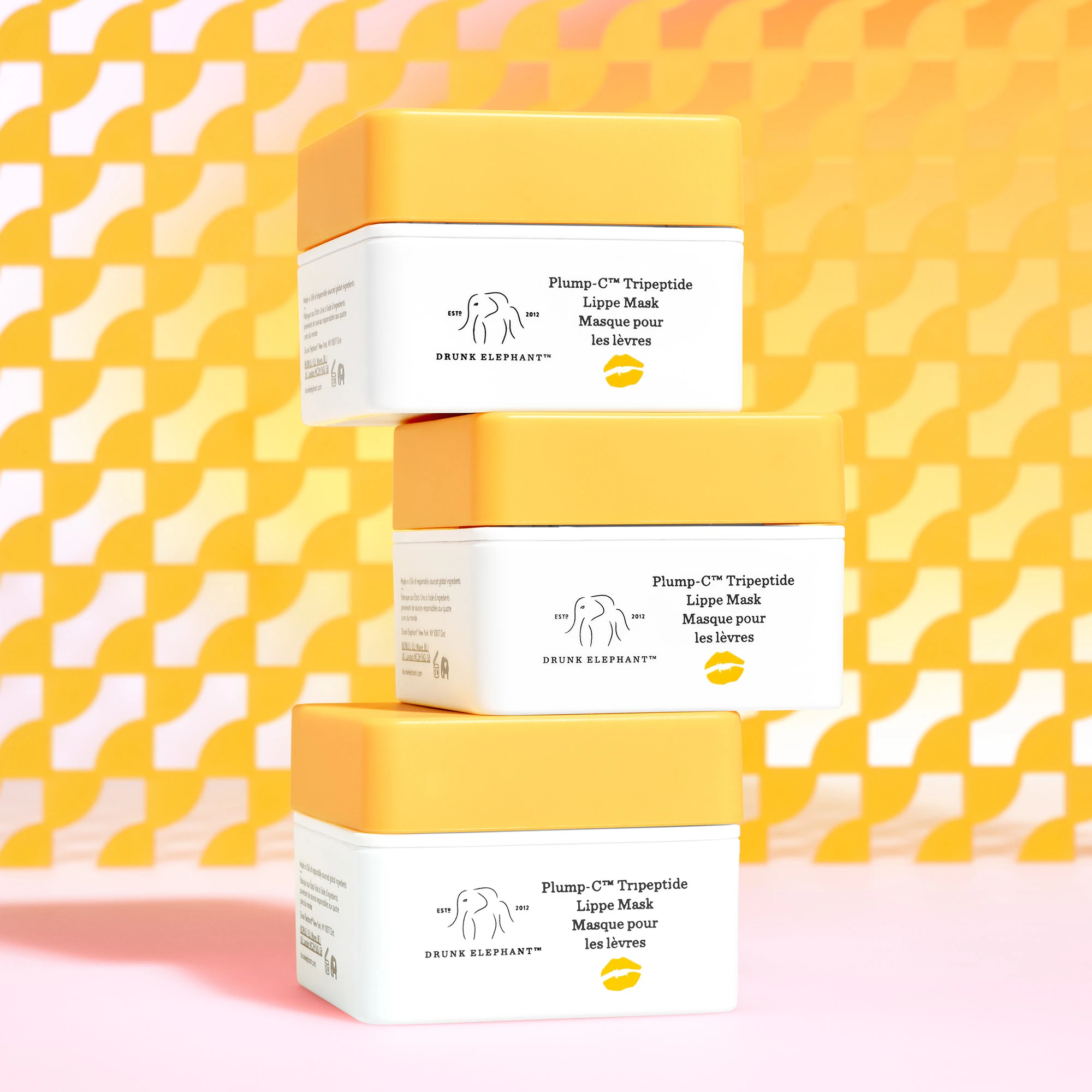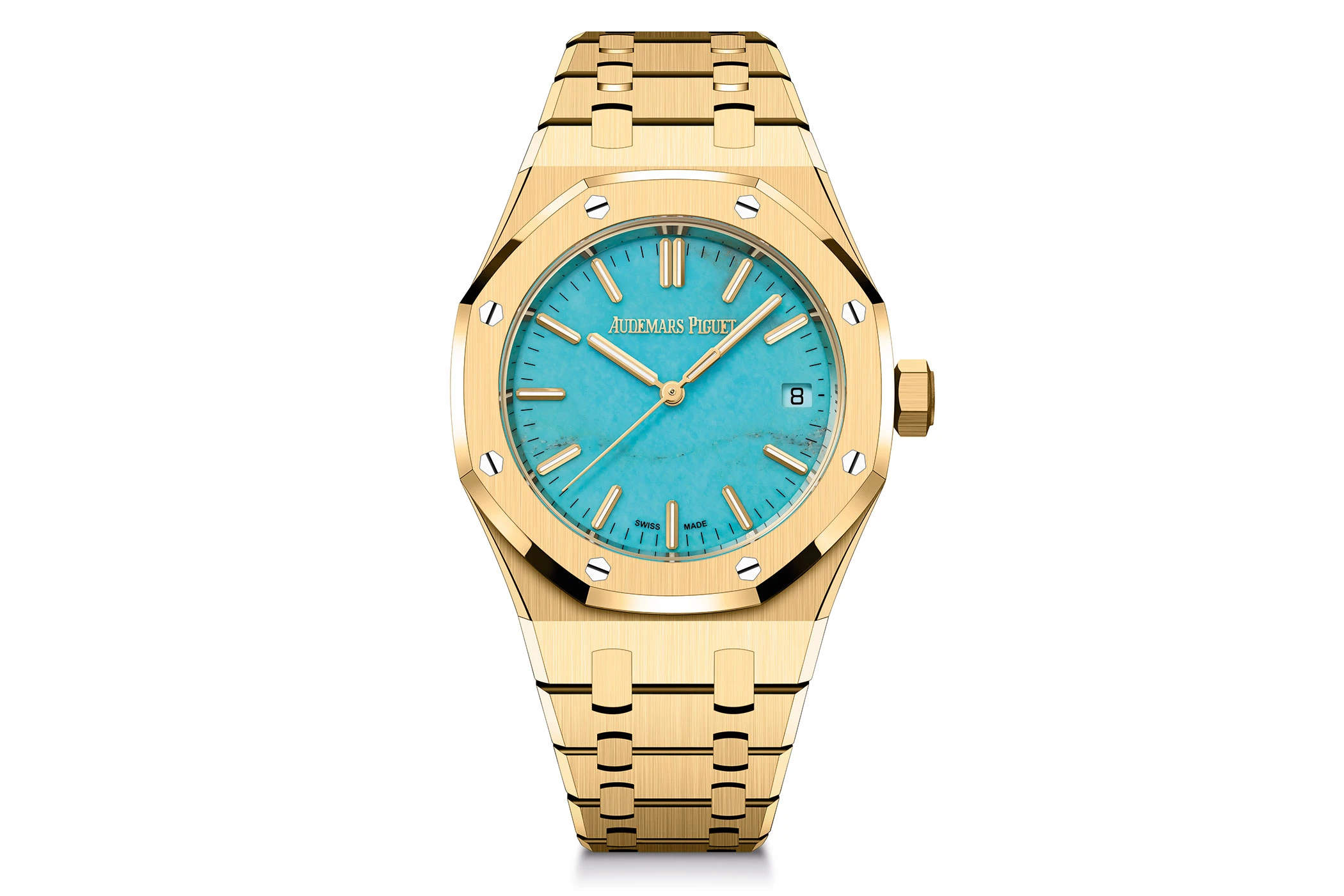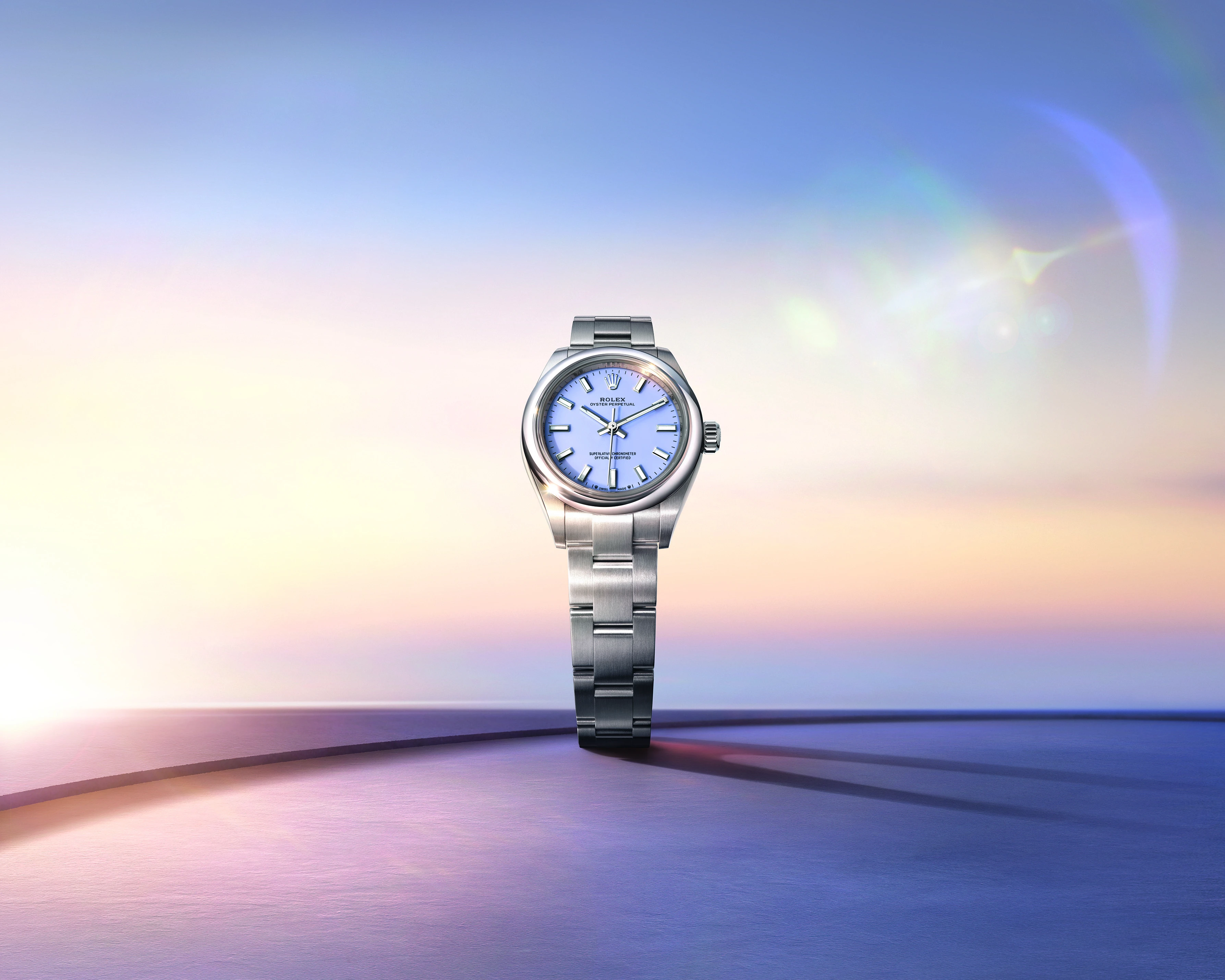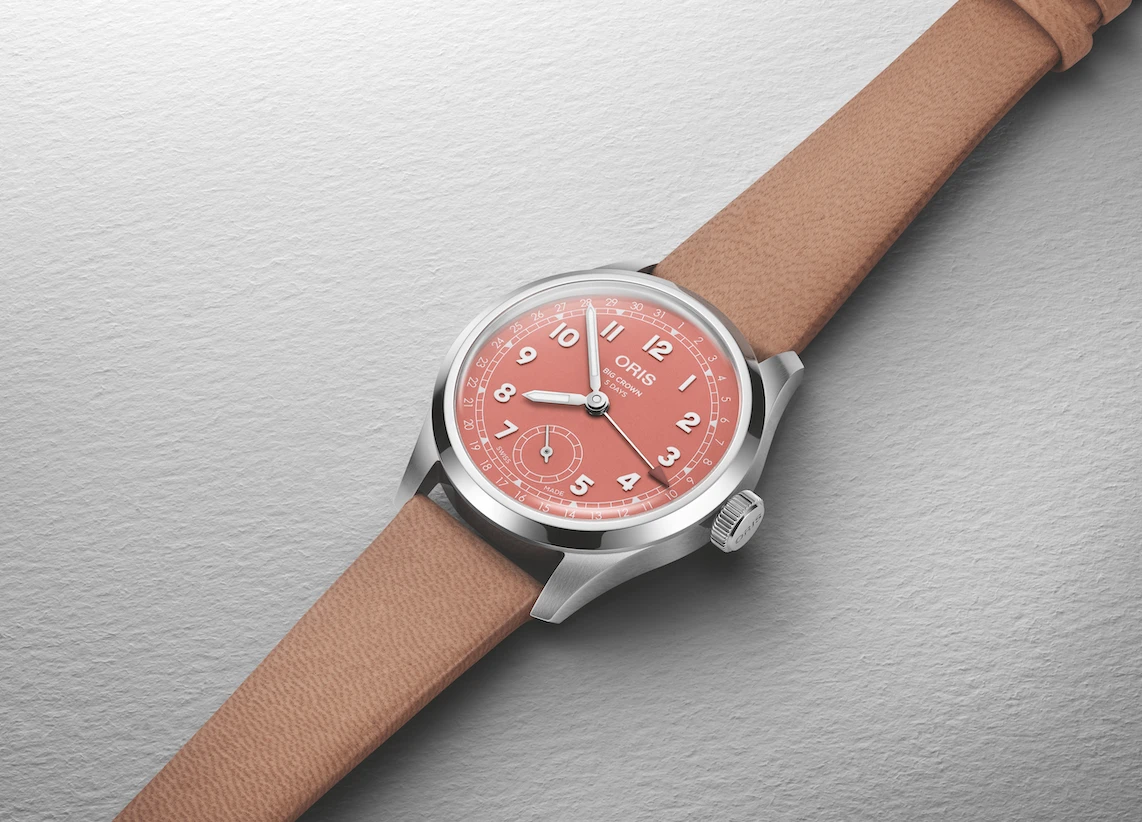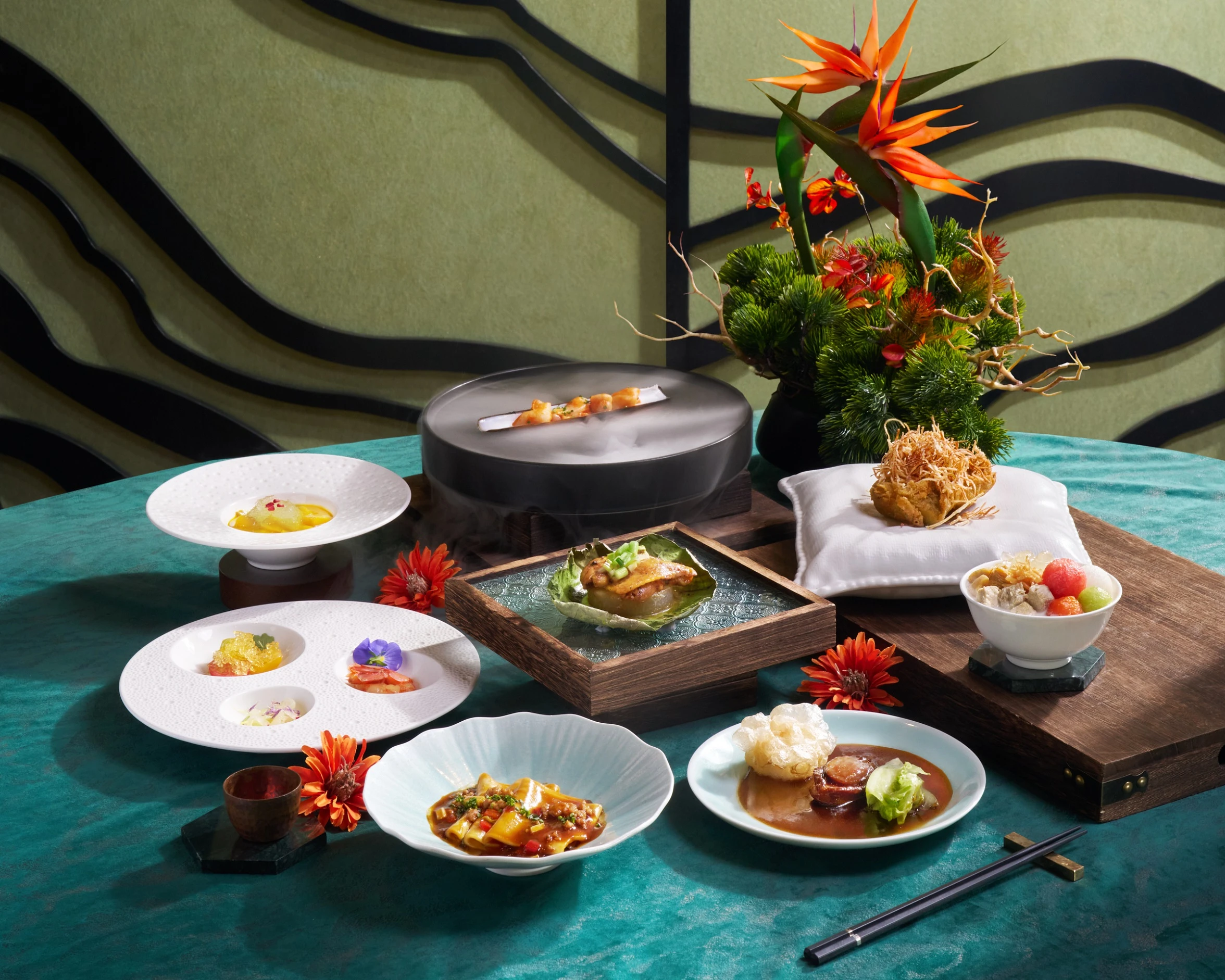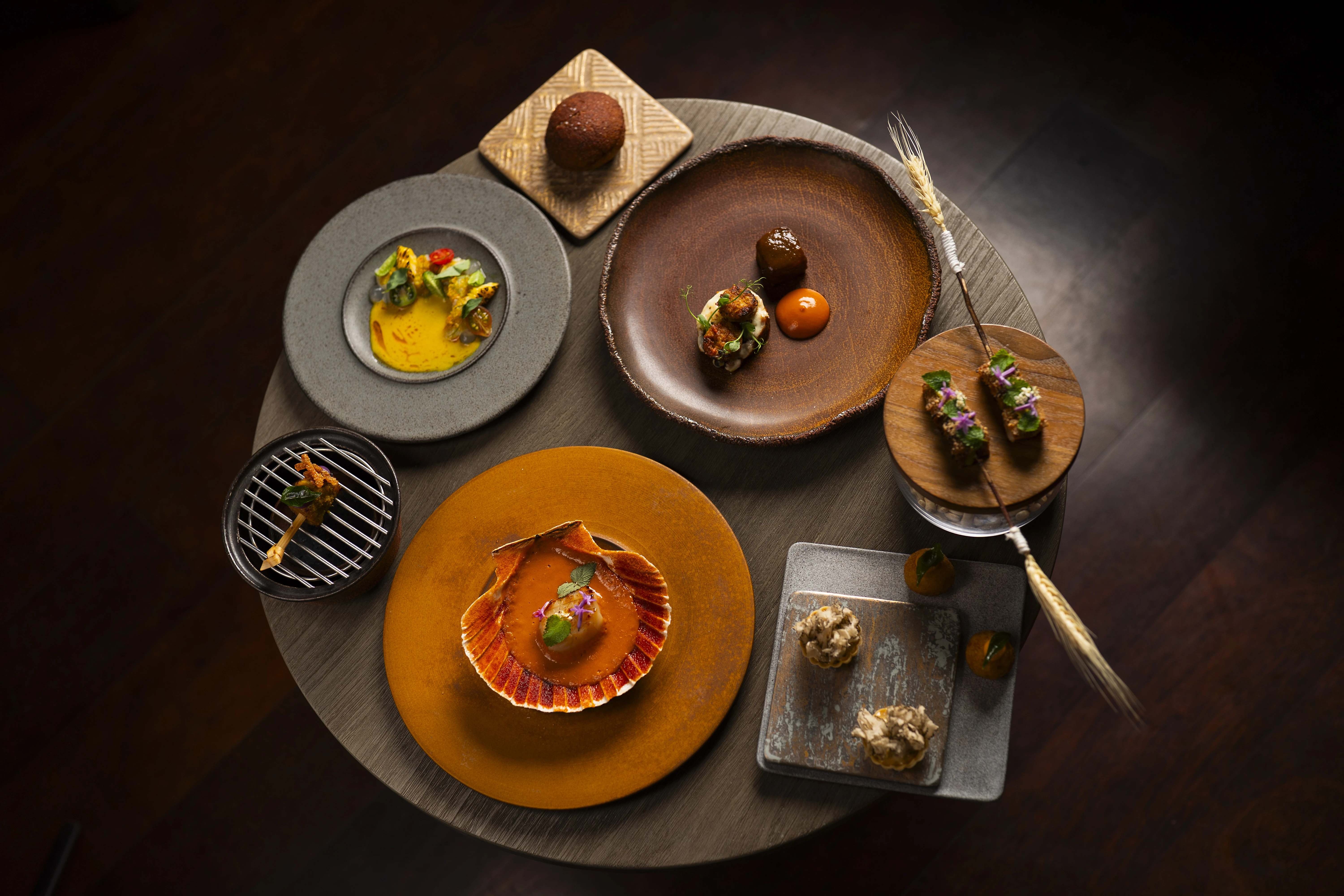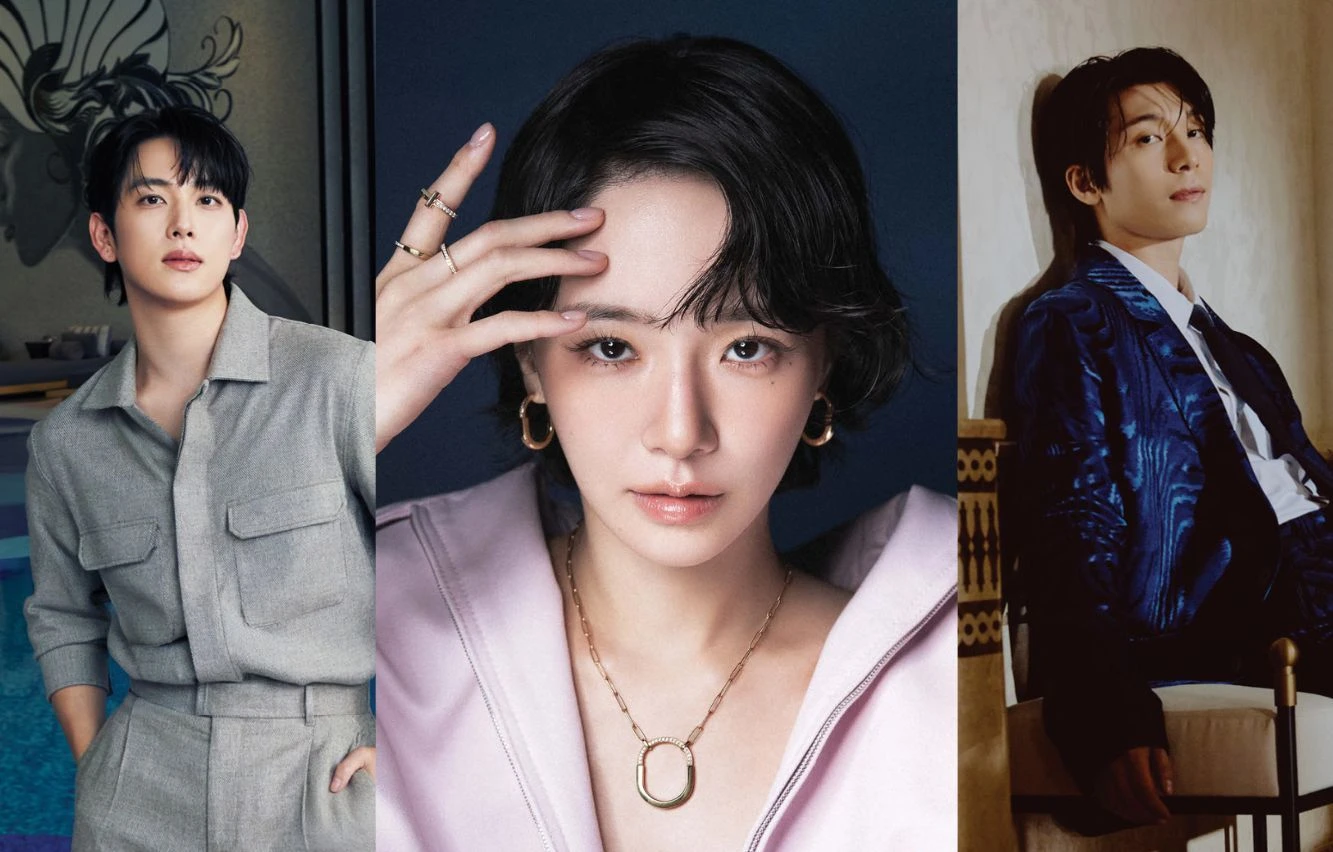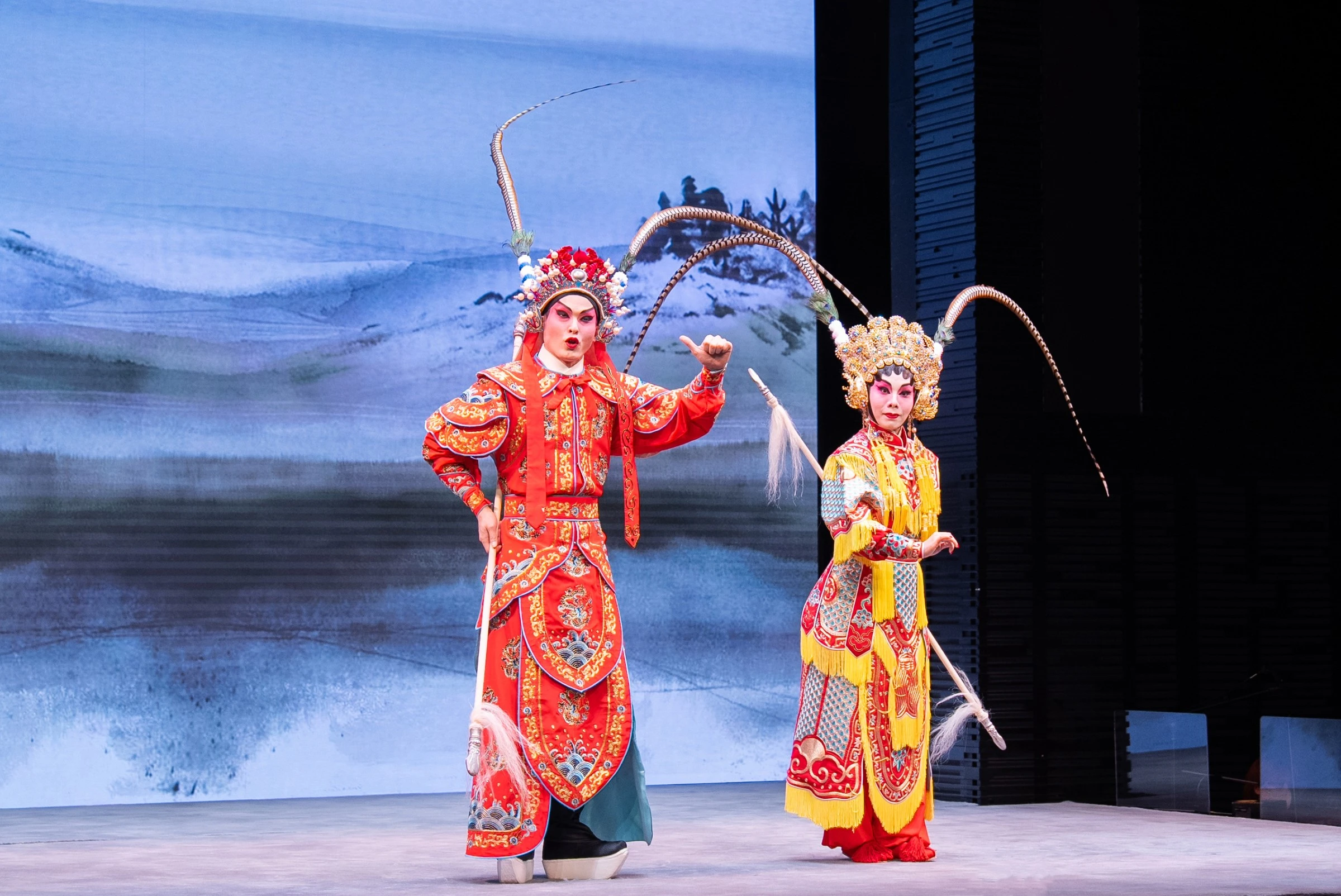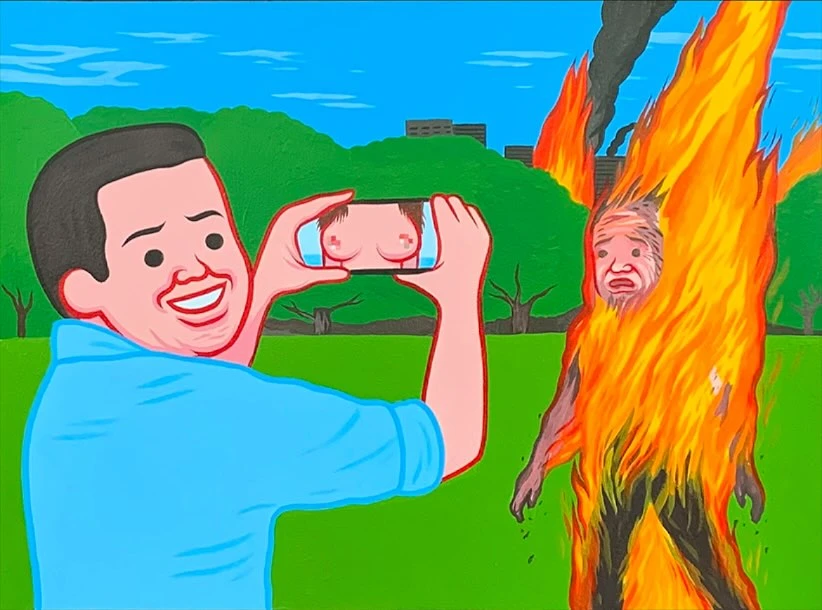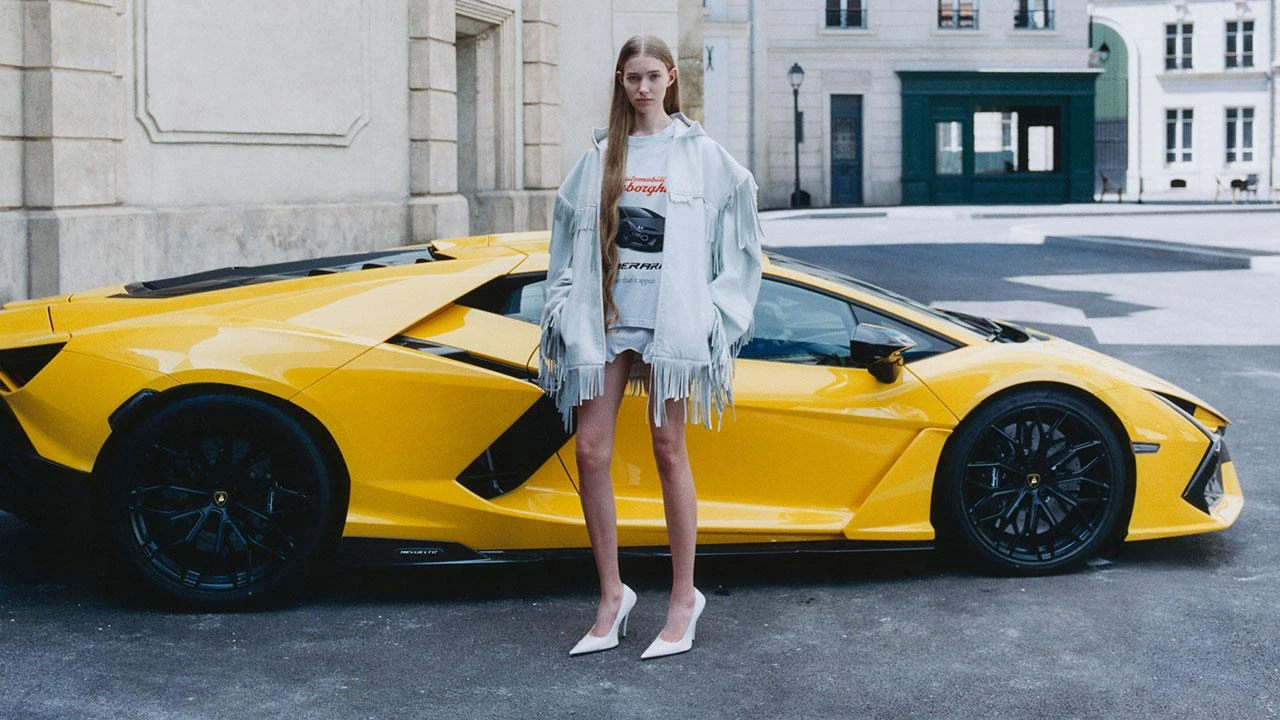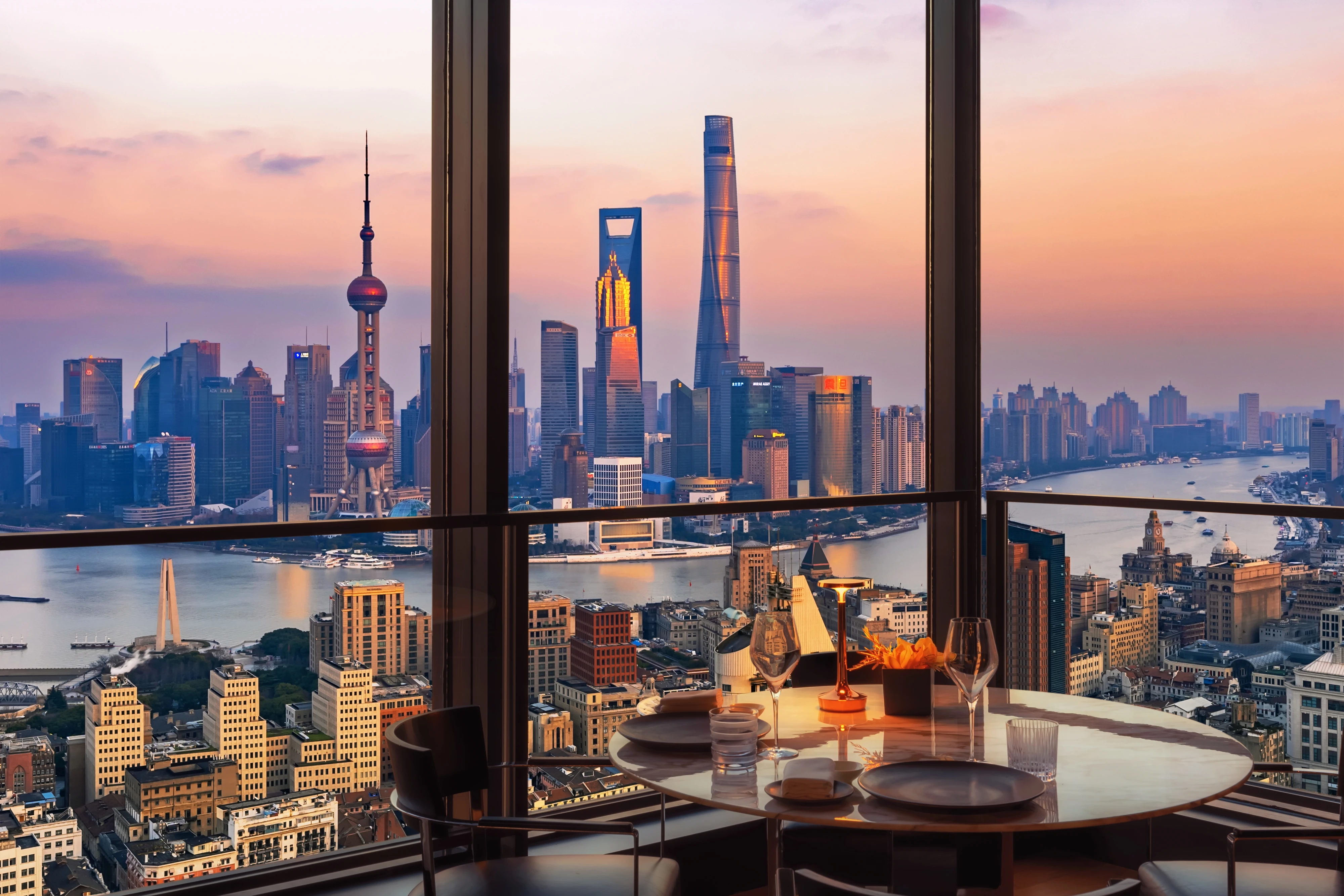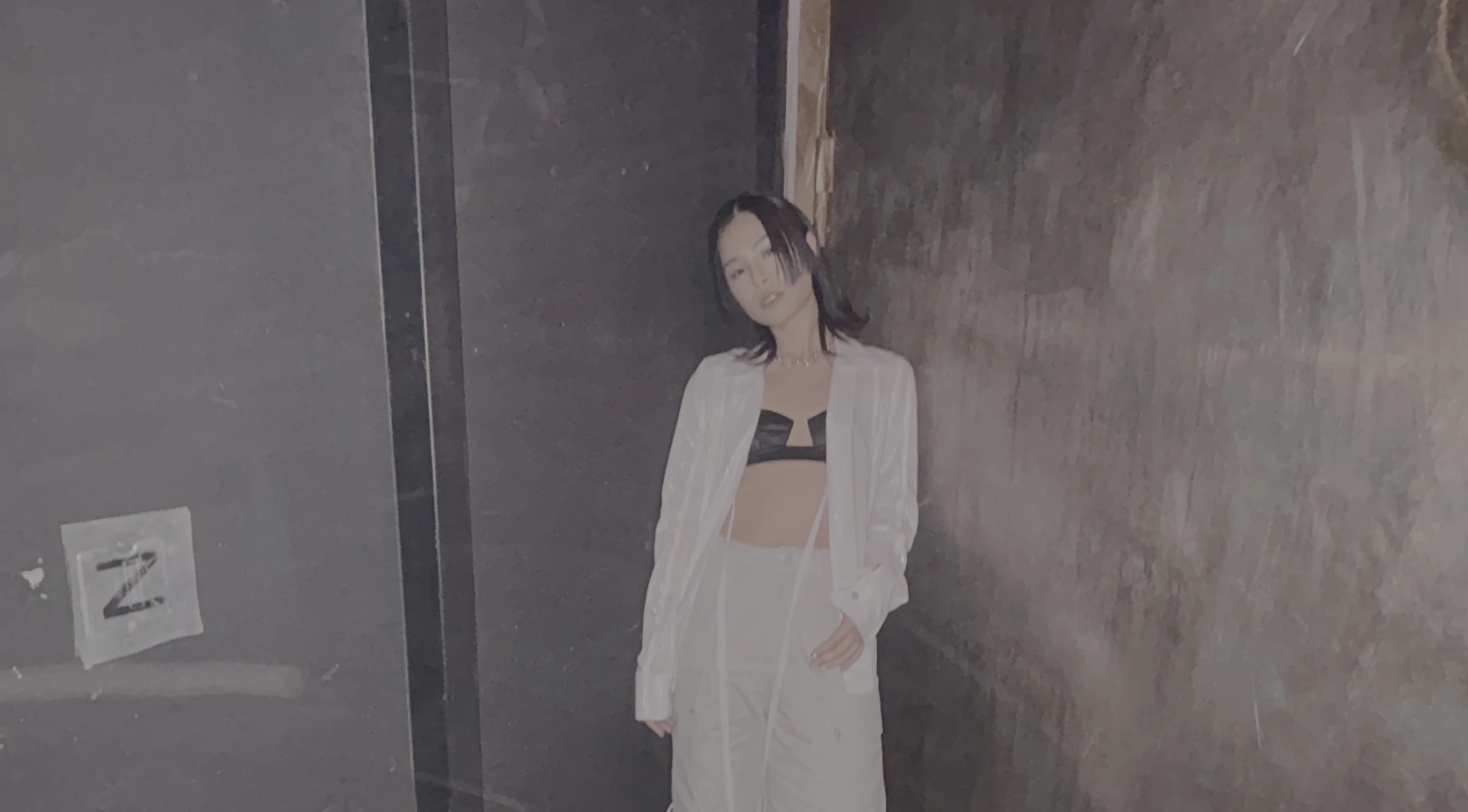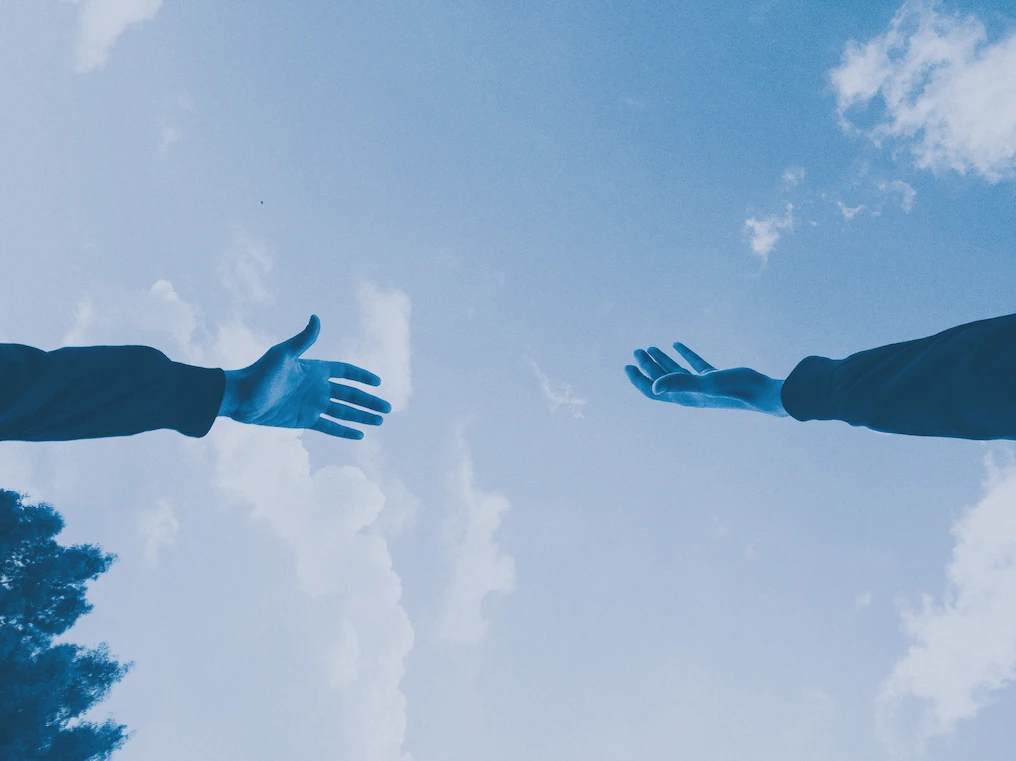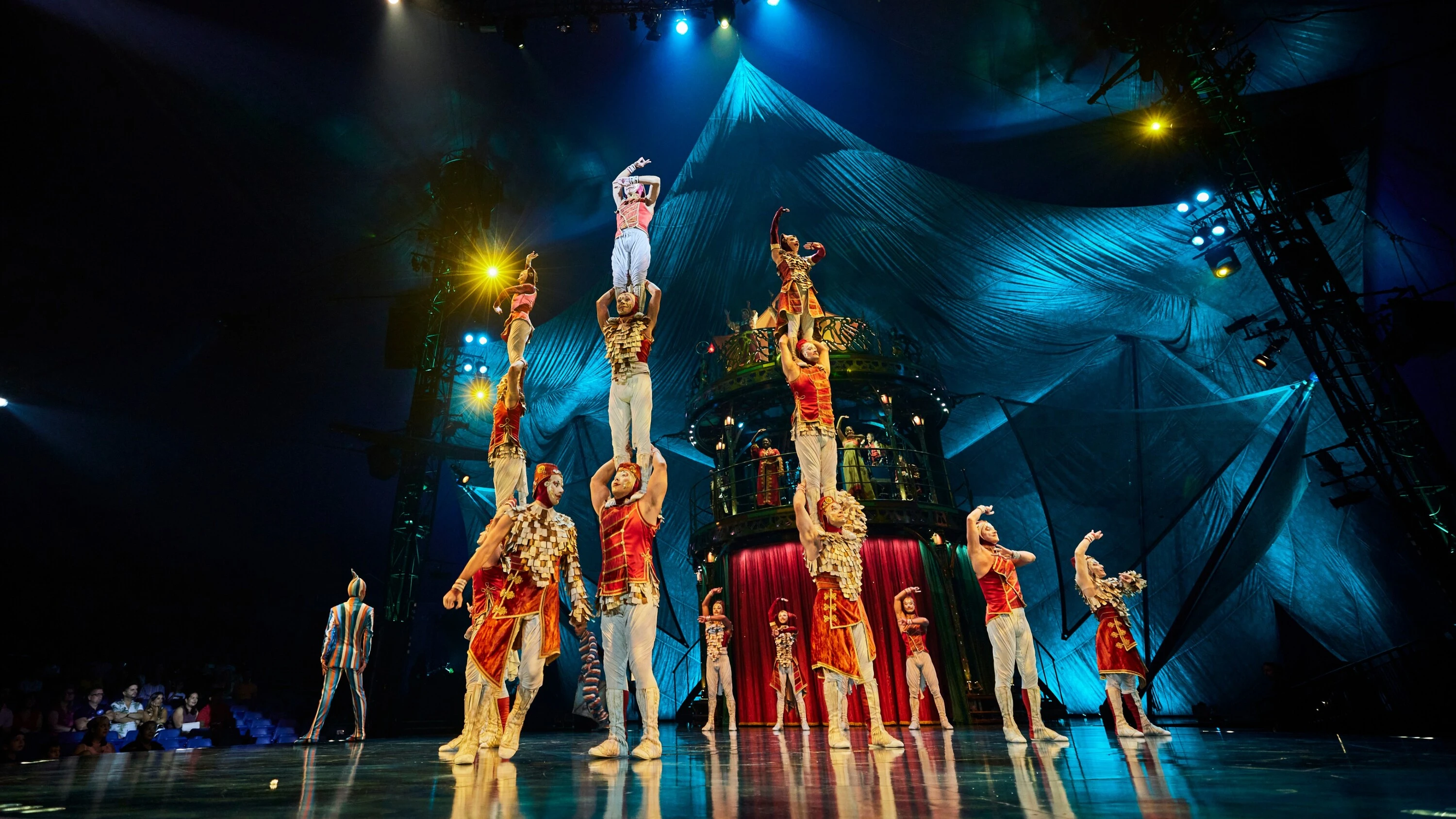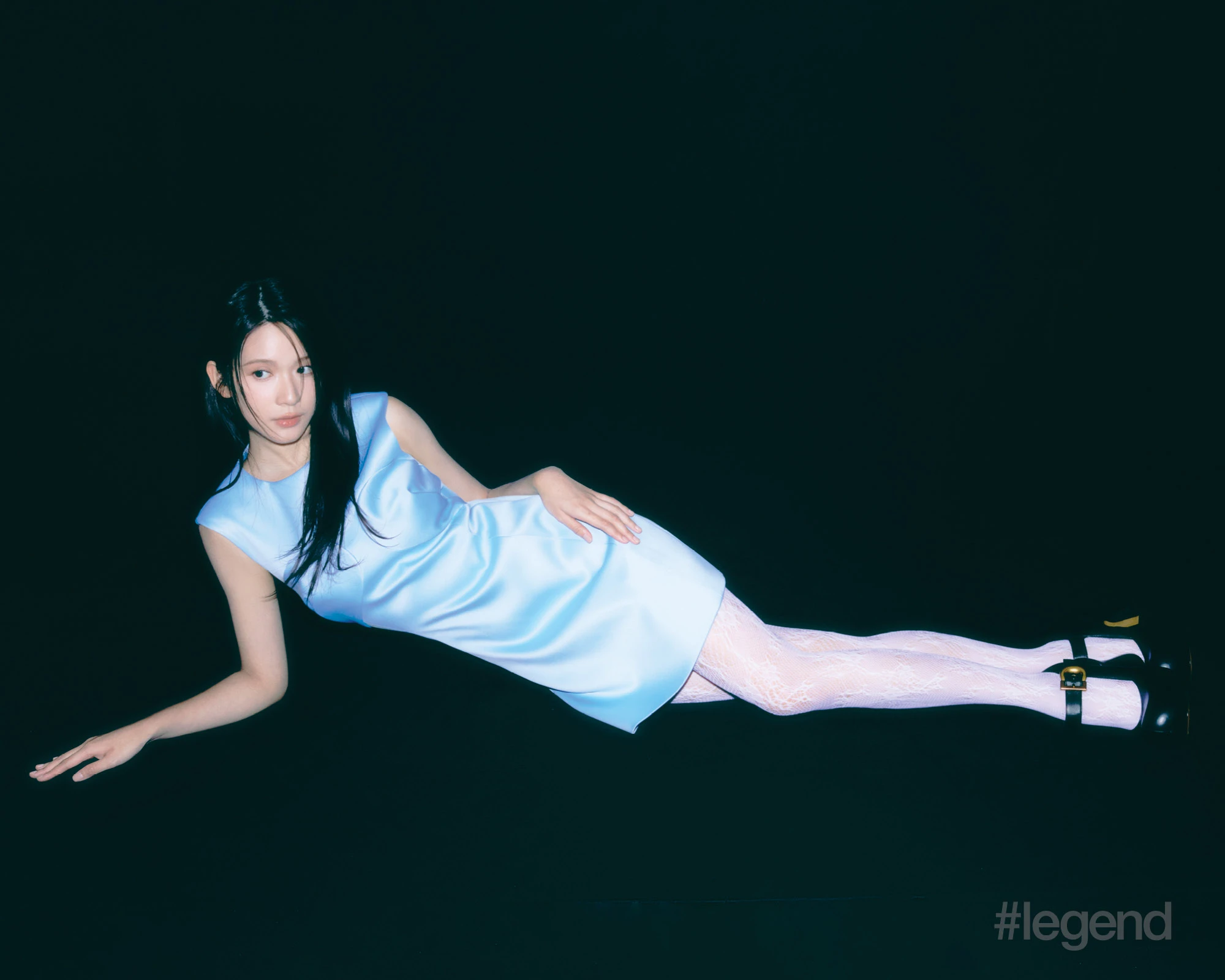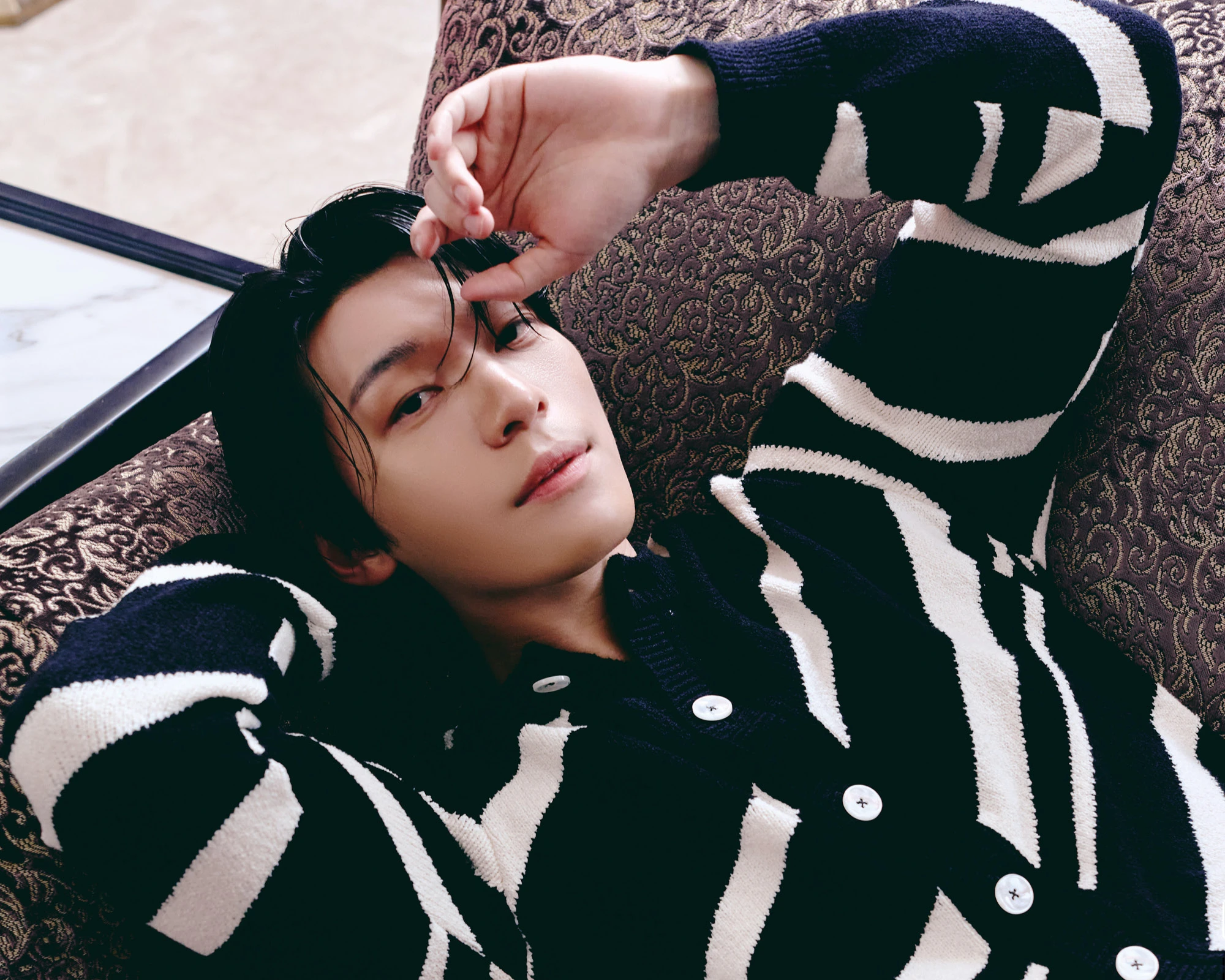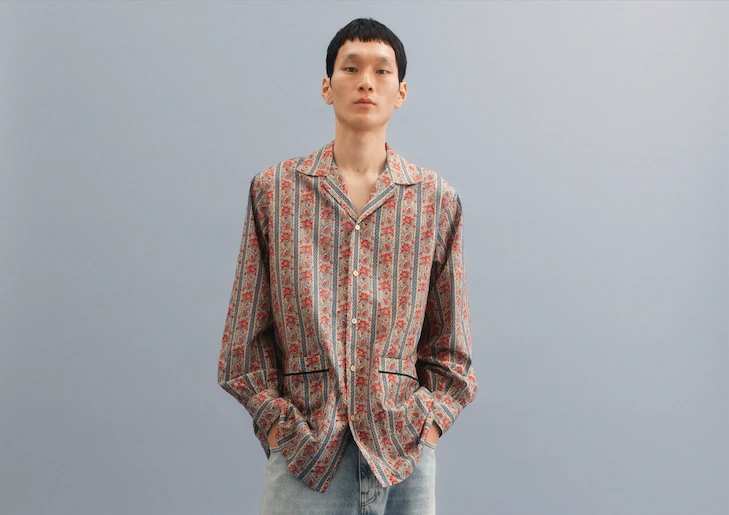Miss Sohee founder on the demand for couture and her inspirations
May 19, 2025
In just five years, Sohee Park has gone from sewing her graduate collection in a tiny London flat to presenting her brand Miss Sohee at Paris Haute Couture Week. The couturier speaks to Zaneta Cheng about why the appetite for couture is stronger than ever and how her visions of femininity and the worlds she creates through her collections give people a reason to dream
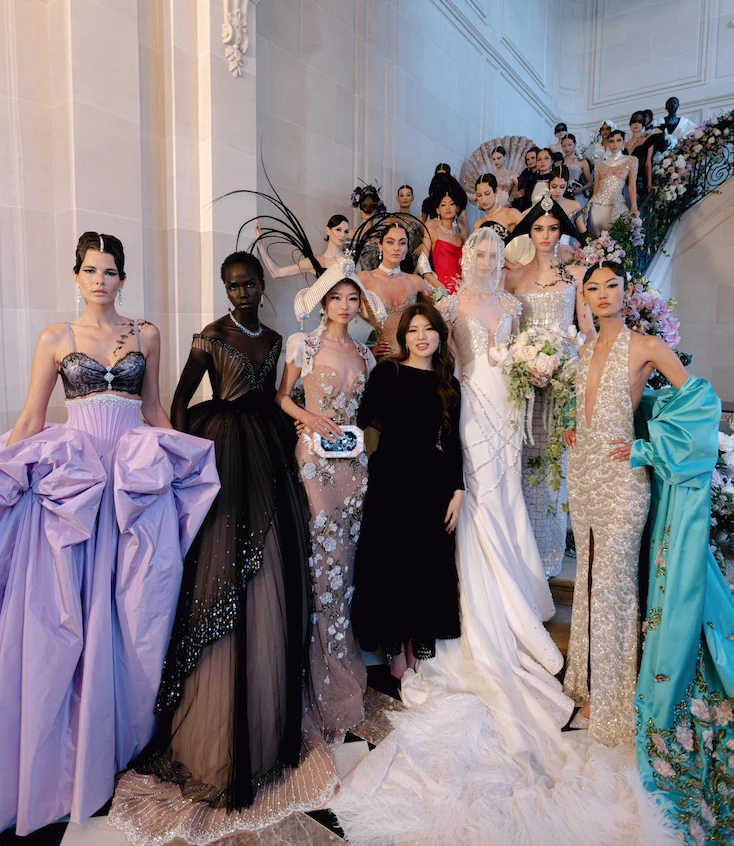
When Sohee Park stayed in London to finish her graduate collection “The Girl in Full Bloom”, she was the only Korean student studying at Central Saint Martins to remain in the country after Covid put the world on pause and not join the rest of her classmates on the flights back to Korea. Forced by circumstances to complete her collection from her tiny flat rather than a studio, Park chose fabrics over Zoom, often using found materials and remnants that she had collected before lockdown and stitching everything by hand, working late into the night.
“I think that collection was my emotional survival,” Park says. “It gave me purpose each day, a reason to keep moving forward and ironically, even in isolation, it connected me to the world in a way I never expected.”
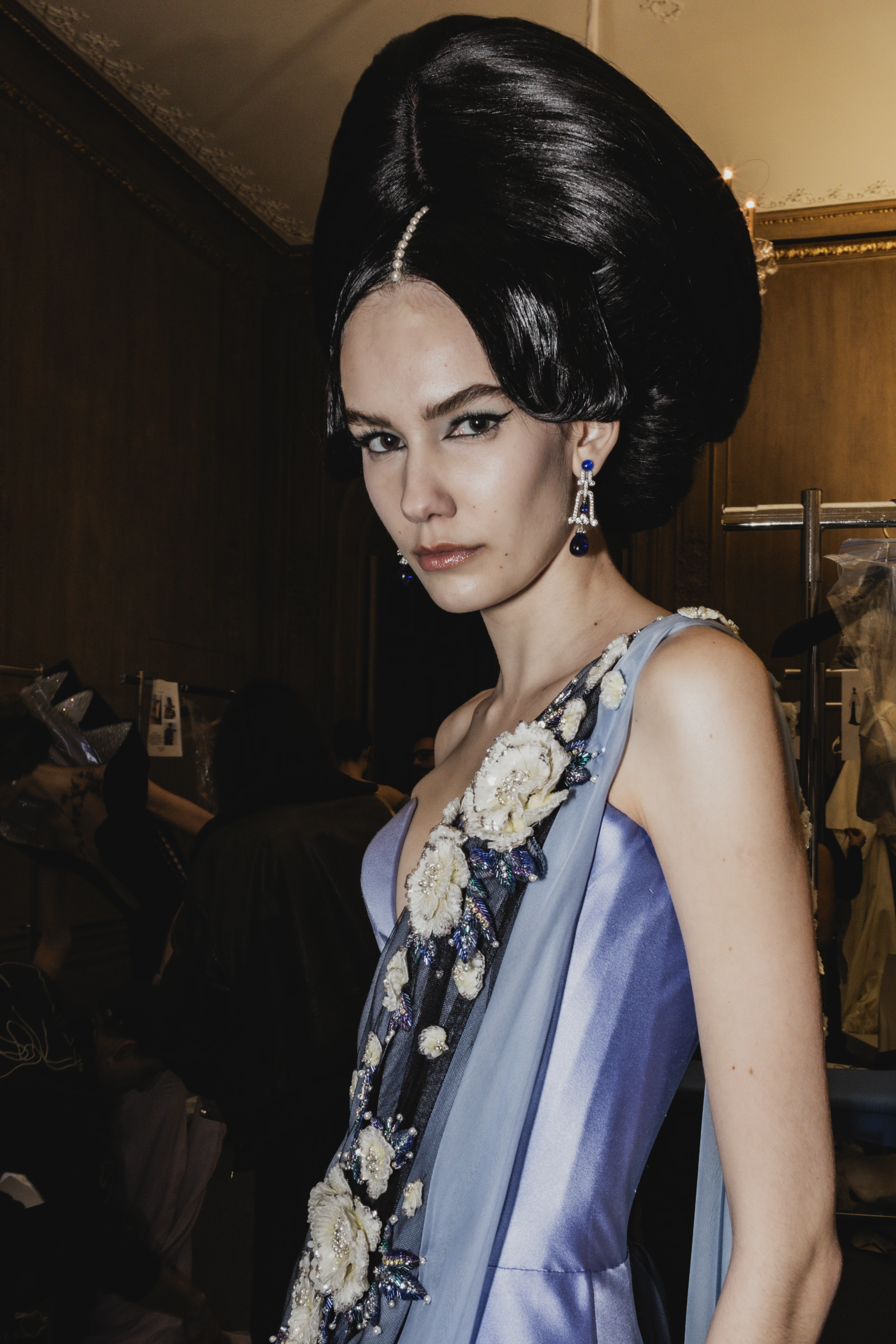
Without the opportunity to show her collection the “normal” way via runway or presentation, Park shot her collection and uploaded it in full to her Instagram. “The Girl in Full Bloom” and its dramatic, hyper-feminine, unapologetically otherworldly pieces – draped on models with nowhere to go in a locked-down world – went viral overnight. “I think there was a sense of escapism and fantasy that people were yearning for, especially at that moment in time,” the designer says. “We were deep in the uncertainty of the pandemic, and I think the world needed to see something that felt like a dream and that visual poetry offered a kind of relief.”
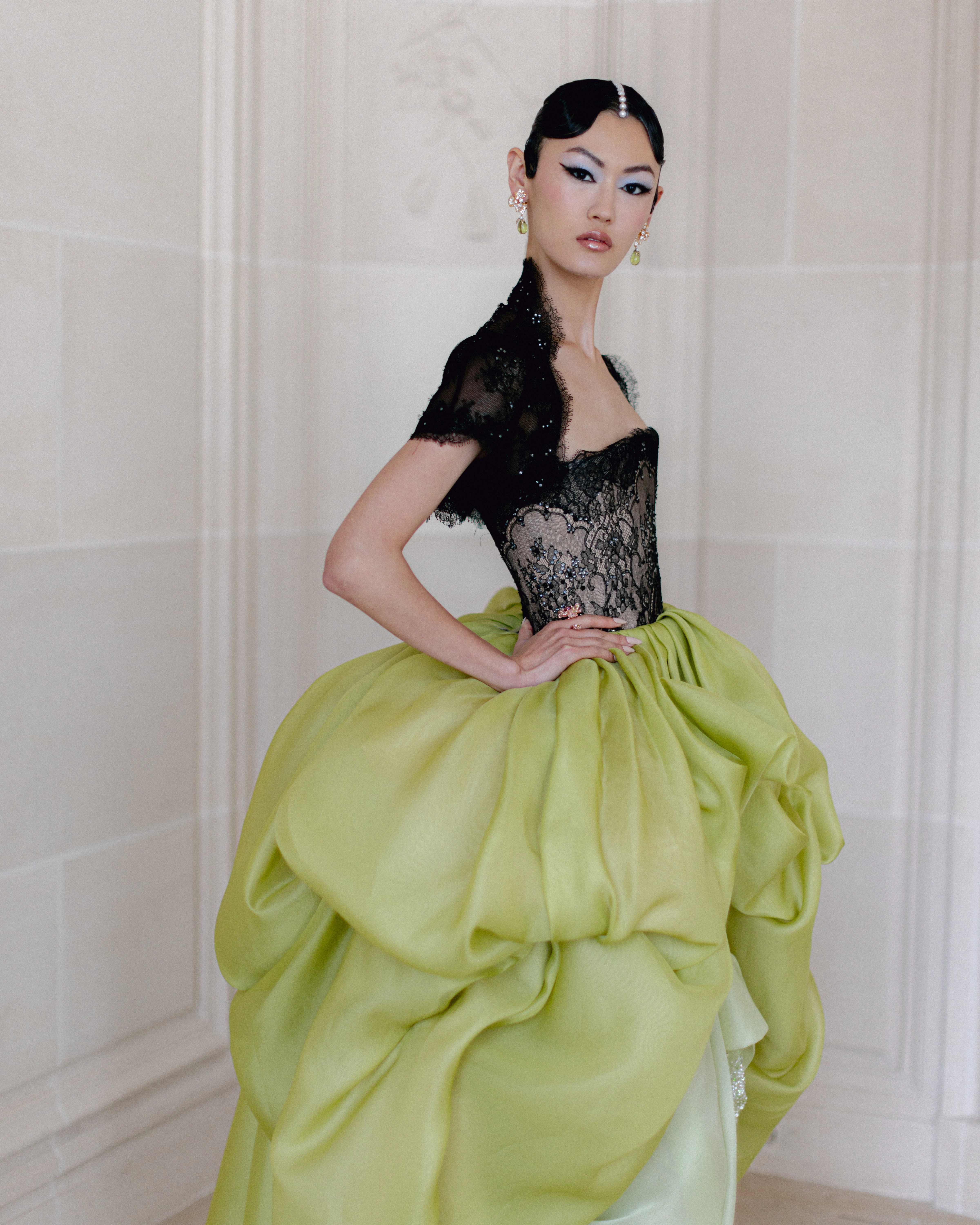
It’s perhaps for this reason that Park’s Miss Sohee has gone from strength to strength. The overnight sensation of her graduate collection gave Park the courage to
start her own brand and from there she was taken under Dolce&Gabbana’s wings, learning what it takes to set up a fashion business and present at Milan Fashion Week. She’s won awards, launched ready-to-wear under Net-a-Porter’s Vanguard program and has seen her brand gain even more visibility thanks to everyone from Ariana Grande and Miley Cyrus to Bella Hadid. Her latest accomplishment is showing her spring/summer 2025 collection on the official Paris Haute Couture Week calendar, a remarkable feat given that the brand is only four years old.

Congratulations on your first show at Paris Haute Couture Week. Let’s start with the collection. You used leather, a new medium for Miss Sohee. What was the thinking behind this collection?
Thank you! I wanted to use that moment to push my creative language further while remaining deeply true to the codes that define the house.The spring/summer 2025 collection, which showed during Paris Haute Couture Week, was inspired by my long-standing fascination with sculpture, both classical and contemporary, and how the female form has been celebrated, shaped and idealised through art. I wanted to explore the idea of the body as a living sculpture, using couture as the medium through which I could chisel, drape and build fantasy into form.
For the first time, I introduced leather to my work – a material that brought a bold, architectural counterpoint to the softness I’m often known for. I worked closely with [French leather artisan] Robert Mercier, whose expertise helped me treat leather almost like a fluid material. It became a way to express strength and sensuality simultaneously, adding dimension and weight to the silhouettes while preserving the sculptural elegance that defines Miss Sohee.
The universe I envisioned was one of mystery, duality and transformation, inspired by a noblewoman from Korea’s Chosun dynasty, reimagined in a modern, almost surreal context. Faces were veiled in Chantilly lace, concealing identity and shifting the focus entirely to the garments. There was a deliberate play between modesty and seduction, tradition and reinvention. I drew parallels between Korean and Western dress forms, layering corsetry, hanbok-inspired volumes, petticoats and underlayers as subtle revelations of power and poise.
At the heart of the collection was a profound celebration of heritage and craftsmanship. I incorporated najeonchilgi, the Korean art of inlaying mother-of-pearl into lacquer, as embellishment across bodices and accessories. Elements of minhwa, or Korean folk
art, were reinterpreted using Swarovski crystals and beadwork, turning large, voluminous silhouettes into wearable canvases. Every detail, from the embroidered florals to the majestic headpieces reminiscent of Korean empresses, was carefully chosen to reflect a universe that is both ancient and futuristic, delicate and bold.
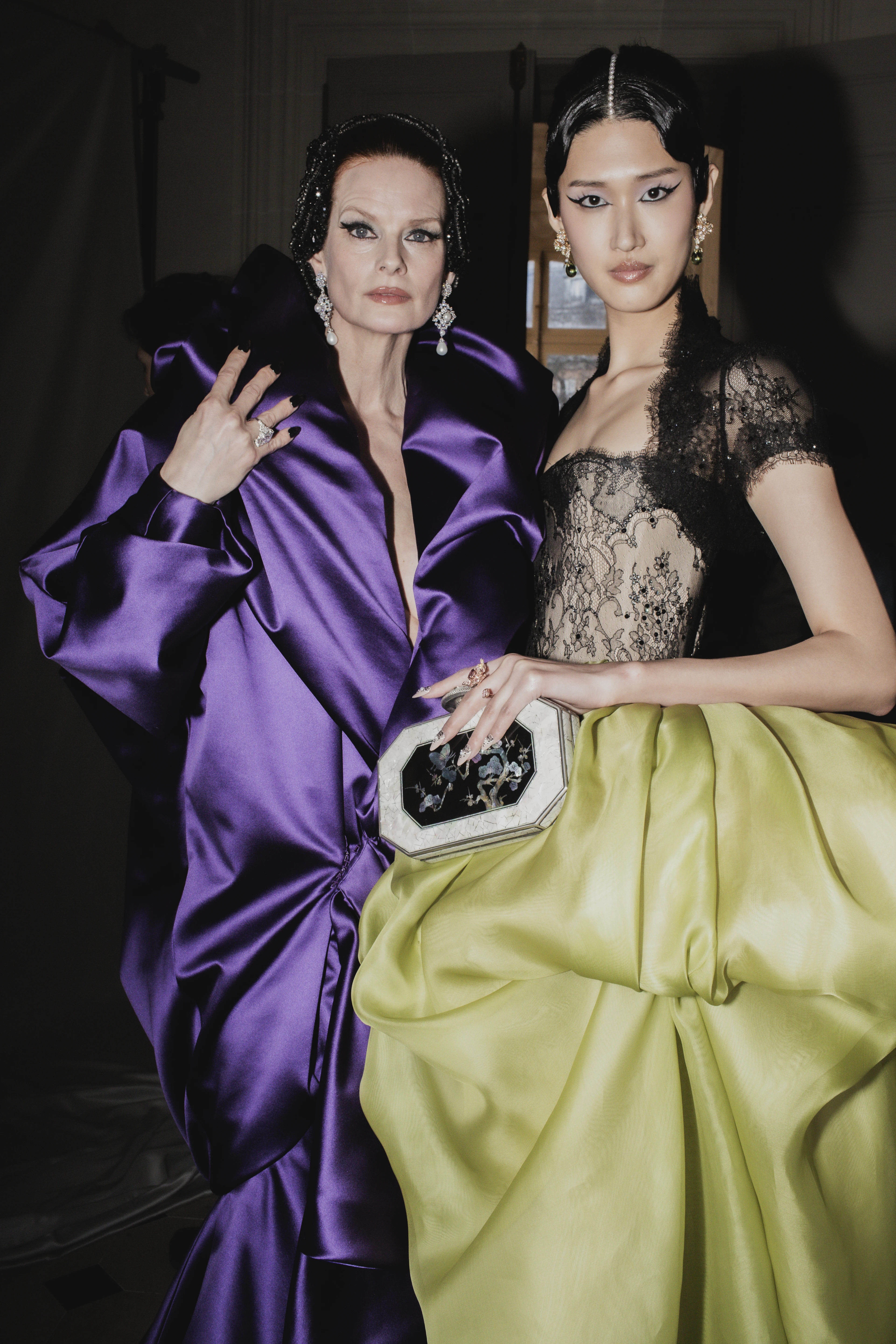
What was it like to show under the official Fédération de la Haute Couture et de la Mode umbrella? Did you make any changes to the way you normally create or present a collection because of this?
Showing at Paris Haute Couture Week for the first time as a guest member under the Fédération de la Haute Couture et de la Mode was an incredibly emotional and humbling experience. It’s something I had dreamt of since I first began imagining what Miss Sohee could become. To be recognised by such a historic and prestigious institution, and to be invited into a space that has long defined the pinnacle of craftsmanship and artistry felt like a profound affirmation of the journey I’ve taken and the world I’ve been quietly building collection by collection.
It wasn’t just a professional milestone, it was a deeply personal one. As an independent, Korean-born designer, being part of the official couture calendar carries so much meaning. It speaks to how fashion is evolving, becoming more inclusive, more global and more open to voices that bring different perspectives and cultural narratives. For me, it was an opportunity not just to present a collection but to contribute something to the conversation, something rooted in heritage, fantasy and a distinctly feminine vision of power and grace.
Creatively, I approached the SS25 collection with the same dedication and detail that I bring to all of my couture work, but the stage of Paris required a different level of intention and precision. I felt a responsibility to honour the opportunity, to ensure that every look, every gesture, every finish reflected the artistry expected at that level by pushing myself into new territory. I also placed greater emphasis on narrative, using veiled faces, symbolic motifs and sculptural silhouettes to create a more immersive world for the audience.
The energy was different, too – more focused, more exacting. I had to be more thoughtful about how the collection would live not just on the runway, but in the context of global couture. And yet, I never wanted to lose the essence of Miss Sohee – that blend of fantasy, storytelling and meticulous craftsmanship. If anything, the experience deepened my commitment to it. Showing in Paris didn’t change who I am as a designer, but it sharpened my vision, strengthened my voice and reminded me of why I began: to create beauty that speaks, that moves and that lasts.
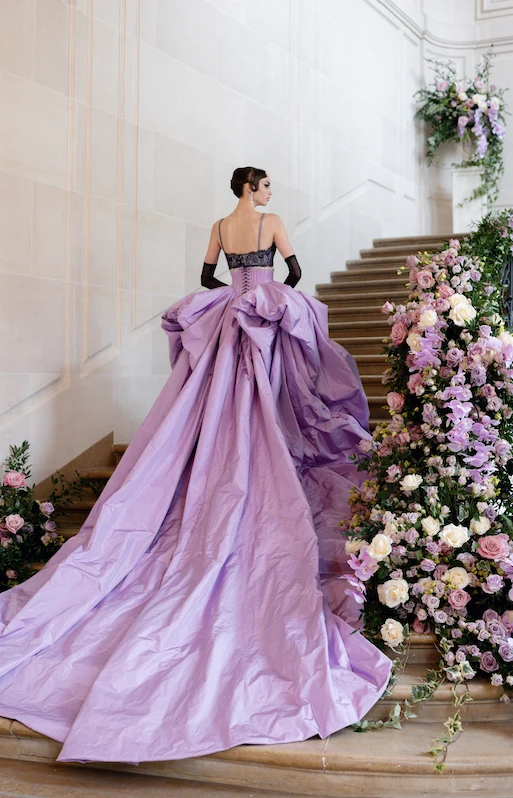
Your grandmother’s embroidery also contributed to your interest in Korean heritage and shaped the way you approach your craft.
This was one of the earliest and most enduring influences on how I came to understand artistry, heritage and detail. She worked with her hands in this incredibly delicate, almost meditative way. Watching her taught me that craftsmanship is not just about precision, but about intention.
Her work was my first encounter with the beauty of Korean traditional arts and it planted a seed in me that would later blossom into the soul of Miss Sohee. I’m endlessly inspired by elements of Korean heritage, especially the harmony between strength and softness, structure and fluidity, that you find in everything from hanbok construction to Joseon-era ceramics. There’s a quiet poetry in our culture, in how the natural world is revered, in the symbolism of motifs like peonies, cranes and clouds, and I find myself returning to that again and again when I design.
In my couture, I often try to translate these sensibilities through a modern lens. I might reinterpret traditional silhouettes using contemporary fabrics or reimagine antique embroidery techniques in metallic thread and beading. I don’t see heritage as something fixed or backward-looking. To me, it’s a living, breathing source of identity and beauty that evolves with you. It’s not about literal reproduction, but about evoking a spirit – the grace, dignity and quiet strength of Korean femininity.
I think what sets embroidery apart is the intimacy of the hand. In an increasingly digital, fast-paced world, there’s something grounding about slowing down and letting every thread carry intention. Embroidery, at its best, is a form of devotion — to the craft, to beauty, to storytelling. That’s why it continues to be the heartbeat of Miss Sohee. It’s where my Korean heritage and my couture vision meet — in every stitch, a whisper of something timeless.

Miss Sohee has proposed a very unique picture of femininity since its beginnings. You also worked with Marc Jacobs and Molly Goddard before starting the brand. Both are designers who really lean into their propositions of femininity. What about their worlds attracted you?
Working with both Marc Jacobs and Molly Goddard during my formative years was an incredible privilege, not only because they’re visionary in their own right,
but because they offered such distinct, deeply personal interpretations of femininity. What fascinated me most was how unapologetically they leaned into their worlds: Marc, with his dark romanticism and theatrical precision; Molly, with her voluminous tulle dresses and childlike nostalgia that somehow never veered into naiveté. They each created a universe where femininity could be many things: complex, contradictory, powerful, playful – but always intentional.
Also see: A cherry-red summer finale for Louis Vuitton and Takashi Murakami collaboration


